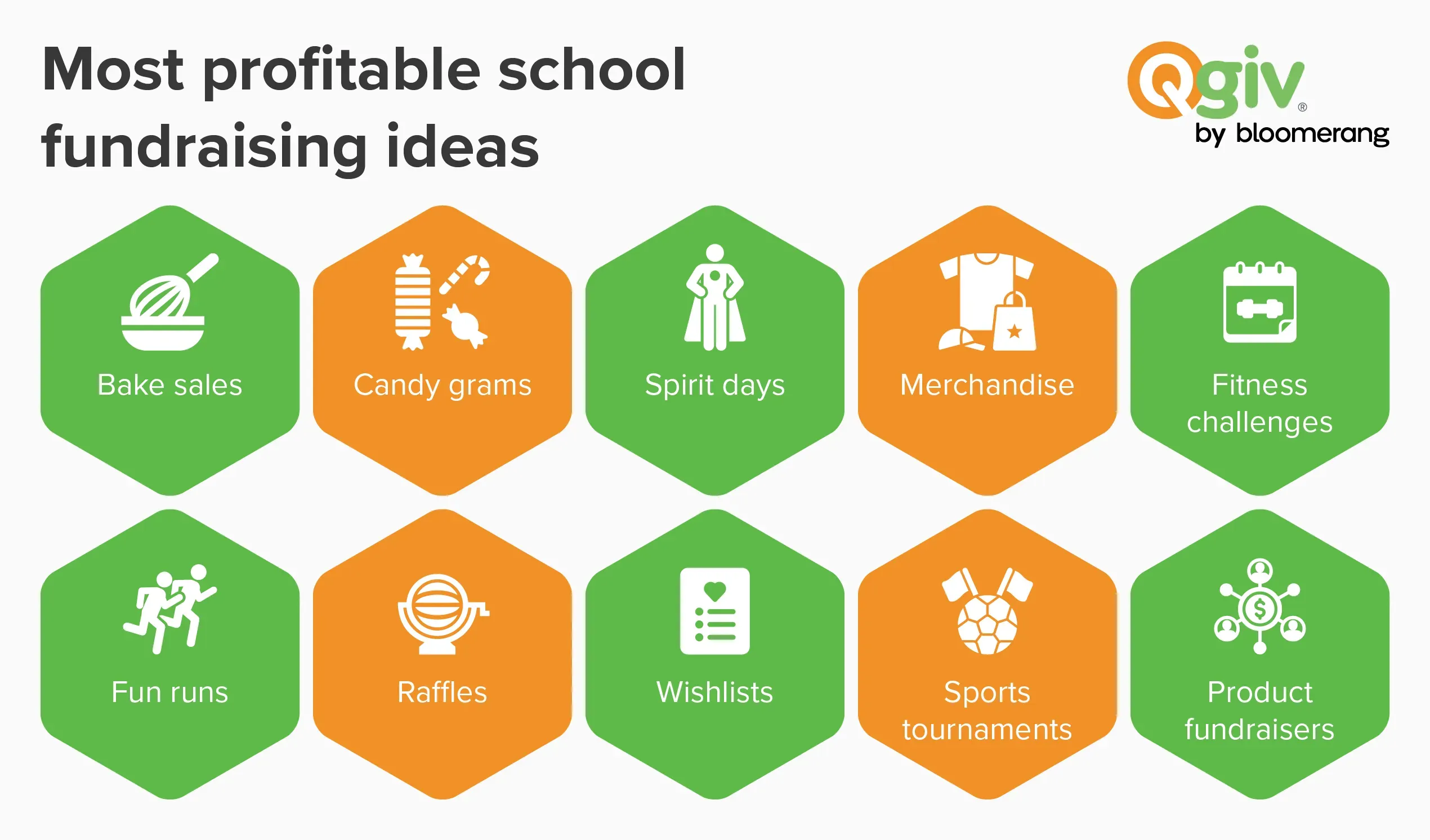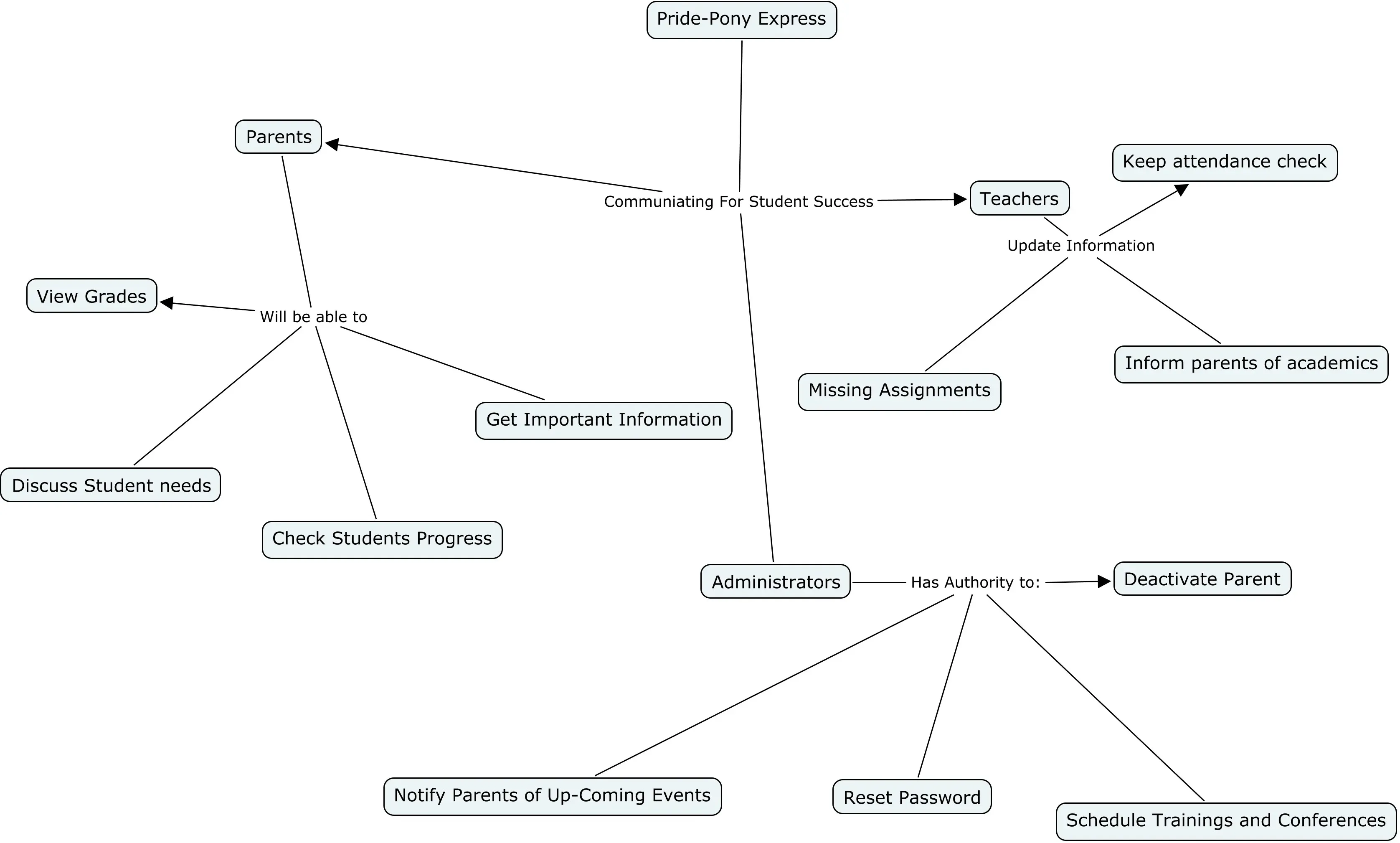Table of Contents
Let's be real. School budgets rarely stretch as far as the wish list. That new computer lab? The updated playground equipment? Extra art supplies? Often, they depend on bringing in funds from outside the usual channels. This is where fundraising steps in, not just as a nice-to-have, but often as a critical tool to bridge the gap between adequate and awesome. Navigating the world of school fundraising can feel like a chore, or worse, like you're just asking parents to open their wallets again. But it doesn't have to be the same old tired bake sale (though sometimes, those still work!). There are actually many different types of fundraisers for schools, each with its own quirks, potential, and pitfalls.
Why Your School Really Needs to Fundraise

Why Your School Really Needs to Fundraise
so you're looking into school fundraising, right? Good. Because the simple truth is, most schools these days operate on budgets that are tighter than a drum. Public funding, while essential, rarely covers everything needed to give students the best possible experience. Think about it – the basics like teachers, textbooks, and keeping the lights on are usually covered, but what about the extras that truly enrich learning? We're talking updated technology in classrooms, resources for art and music programs that face cuts, field trips that bring lessons to life, or even just fixing that leaky roof in the gym. Without fundraising, these things often just don't happen. It's not about luxury; it's often about providing opportunities and resources that directly impact student success and well-being.
Exploring Different Types of Fundraisers for Schools: From Products to Parties

Exploring Different Types of Fundraisers for Schools: From Products to Parties
The Usual Suspects: Product Sales
so you're diving into this school fundraising thing. First stop for a lot of folks is the classic product sale. Think candy bars, cookie dough, wrapping paper, or those slightly-too-expensive magazines no one really wants. The pitch is simple: sell stuff, keep a cut. Companies specializing in this handle the inventory, the order forms, and sometimes even the delivery. It seems easy, right? The kids get enthusiastic, they go door-to-door (maybe), and you avoid the hassle of creating something from scratch. The challenge? The profit margin is often pretty thin, maybe 40-50% if you're lucky. And let's be honest, parents end up buying most of it anyway to hit some arbitrary goal, or guilt-tripping their relatives. It's one of the most common different types of fundraisers for schools, but common doesn't always mean most effective.
Going Social: Events and Gatherings
Moving away from pushing products, many schools lean into events. This is where things can get more creative, and potentially more profitable, but also require way more planning. We're talking fun runs, silent auctions, trivia nights, movie nights, school carnivals, or even pancake breakfasts. The idea here is to get people together, build some community spirit, and generate revenue through ticket sales, concessions, or direct donations during the event. A well-organized event can bring in significant funds and feel less like a transaction and more like a community gathering. Plus, it's often more engaging for the students themselves, depending on the event. It's a different beast entirely when considering the different types of fundraisers for schools.
- Product Sales: Lower effort (for the school), lower profit margin, relies on individual sales, can feel transactional.
- Events: Higher effort (planning!), potentially higher profit margin, builds community, relies on attendance and participation.
- Direct Donation Campaigns: Simplest asks, highest profit margin (no product cost), relies purely on donor generosity and connection to the cause.
Thinking Outside the Box: Digital and Direct Approaches
Beyond selling things or hosting parties, there are other avenues. Online crowdfunding platforms are increasingly popular; set up a page, tell your story, share it widely, and let people donate directly. This cuts out the middleman and the need for physical goods or event logistics. Another approach is partnering with local businesses for "dine and donate" nights where a percentage of sales goes back to the school, or seeking corporate sponsorships for specific programs or events. Some schools even run direct donation campaigns, clearly stating a goal (like "Fund New Library Books") and asking for contributions without offering anything in return except the knowledge that they're helping students. These represent yet more different types of fundraisers for schools, each with its own set of pros and cons.
Digging into Different Types of Fundraisers for Schools: What Works Best?

Digging into Different Types of Fundraisers for Schools: What Works Best?
So, Which Fundraiser Actually Puts Cash in the Bank?
Alright, let's get down to brass tacks. You've seen the buffet of different types of fundraisers for schools – the product peddling, the event hoopla, the digital begging bowl. But when the dust settles, which ones actually deliver the goods? It's not a one-size-fits-all answer, which is annoying, I know. Product sales *can* work, especially if the product is genuinely desirable (local goods, useful items, not just overpriced junk) and the community is really motivated. But the profit margin is the killer here. You need to sell a ton of stuff to make a significant dent, and that often means parents doing all the heavy lifting, which leads to burnout faster than you can say "fundraising fatigue."
Events, on the other hand, have the potential for bigger payouts per participant, but they are logistical nightmares. Booking venues, coordinating volunteers, getting permits, hoping people show up and spend money beyond the ticket price – it's a full-time job for someone. A successful event taps into the social aspect; people are paying not just to donate, but to have a good time with friends and neighbors. Think about your school community. Are they event-goers? Do you have a core group of volunteers ready to commit serious hours? If not, that fancy auction might just be a really expensive party for a few people.
Matching the Fundraiser to Your School's Vibe
Choosing among the different types of fundraisers for schools really comes down to knowing your audience and your resources. Who are you asking for money? Mostly parents? Local businesses? The wider community? Parents are often tapped out, especially if they have multiple kids or the school hits them up every other month. A fundraiser that heavily relies on them buying things their kids hawked can breed resentment faster than you can say "unsold popcorn." Maybe a direct donation campaign focused on a specific, tangible goal – like "Help us buy 50 new laptops" – resonates better because people know exactly where their money is going. It feels less like buying something you don't need and more like investing in the kids' future.
Consider the effort required versus the potential reward. A simple online campaign might have a lower ceiling than a massive gala event, but it also requires way less volunteer time and upfront cost. If your volunteer pool is shallow, maybe skip the carnival this year. Also, think about the kids. Can they be genuinely involved in a meaningful way? A fun run or a read-a-thon gets them moving and participating, teaching them about setting goals and contributing. Selling stuff door-to-door in this day and age? Maybe not the safest or most effective use of their time. The "best" fundraiser isn't just about the highest potential profit; it's the one your community will actually support and that aligns with your school's capacity.
Fundraiser Type | Pros | Cons | Best For |
|---|---|---|---|
Product Sales | Easy structure provided by companies | Low profit margin, parent burnout, selling unwanted items | Schools with very active parent groups willing to push sales hard |
Events (e.g., Fun Run, Auction) | High profit potential, community building | High planning effort, relies on attendance/participation | Schools with strong volunteer base, engaged community, ability to secure donations/sponsors |
Direct Donation Campaigns | Highest profit margin (zero cost), clear goal focus | Relies purely on generosity, needs good communication | Schools with a clear need and ability to articulate impact, tech-savvy community |
Making Your School Fundraiser Count: Tips for Success

Making Your School Fundraiser Count: Tips for Success
Nail Down Your "Why" and Share It Loudly
Look, nobody gets excited about fundraising just for the sake of hitting a number. People open their wallets, donate their time, or buy that slightly overpriced item because they believe in the cause. Your school's cause isn't just "the school needs money." It's "we need money to buy new microscopes so kids can actually see cells, not just pictures," or "we need to replace the ancient band instruments so the music program doesn't sound like a dying cat," or "we need to fix the library roof so books don't get ruined." Get specific. Tell people *exactly* what the money is for. A vague plea for "general funds" lands with a thud. A clear, compelling story about how their contribution makes a tangible difference? That resonates. Define your goal, make it measurable, and then shout it from the rooftops – on social media, in newsletters, at school events. Transparency builds trust, and trust gets results, no matter which of the different types of fundraisers for schools you choose.
Rally the Troops: It Takes a Village (and Some Smart Delegation)
Thinking you can run a successful fundraiser single-handedly is a fast track to burnout and probably a mediocre outcome. You need help. Lots of it. This means engaging parents, teachers, students (where appropriate), and even local community members who might not have kids in the school but care about local education. Don't just ask for volunteers; give them specific tasks and ownership. Someone loves organizing? Put them in charge of event logistics. Someone's a social media guru? Let them run your online campaign. Empower people. Students, depending on their age, can be incredible advocates – they are the direct beneficiaries, after all. A heartfelt pitch from a student about why the new art supplies matter is far more impactful than another email from the PTA president. And for certain different types of fundraisers for schools, like events or partnerships, tapping into local businesses for sponsorships or in-kind donations is crucial. They get good PR, and you get resources. Win-win.
- Define a specific, tangible goal (e.g., "New Playground Equipment," not "School Improvements").
- Create a clear budget showing how funds will be used.
- Communicate the "why" constantly and across multiple channels.
- Recruit and empower volunteers with specific roles.
- Get students involved in age-appropriate ways.
- Seek local business sponsorships or partnerships.
- Make it easy for people to donate or participate (online options are key).
Follow Through and Show the Impact
the fundraiser is over. You counted the cash (hopefully lots of it). Now what? The biggest mistake you can make is going silent. Acknowledge every donation, big or small. Thank your volunteers publicly and profusely. And most importantly, show everyone what their effort and generosity accomplished. Did you hit your goal for the new library books? Take photos of the kids reading them. Did the fun run fund new sports equipment? Show a picture of the team using it. Close the loop. When people see the tangible results of their contribution, they feel good about it. This isn't just about saying thank you; it's about building a relationship for future fundraising efforts. Don't wait until the next ask to remind people why they gave in the first place. Consistent communication about the positive impact builds a culture of giving that makes future different types of fundraisers for schools much easier to pull off.
Choosing Your School's Fundraising Path Forward
So, we've navigated the landscape of different types of fundraisers for schools, moving beyond the predictable and into areas that might actually excite people. The truth is, there's no single magic bullet solution that works for every school, every time. What flies in one community might flop in another. The key isn't just picking an idea off a list; it's understanding your specific school community – the parents, the students, the local businesses – and matching the fundraiser to their energy, capacity, and interests. It requires clear goals, solid planning, and getting people genuinely involved, not just asking for handouts. Done right, a fundraiser isn't just about hitting a dollar amount; it's about building connection and reminding everyone why supporting the school matters. Now go forth and choose wisely.
